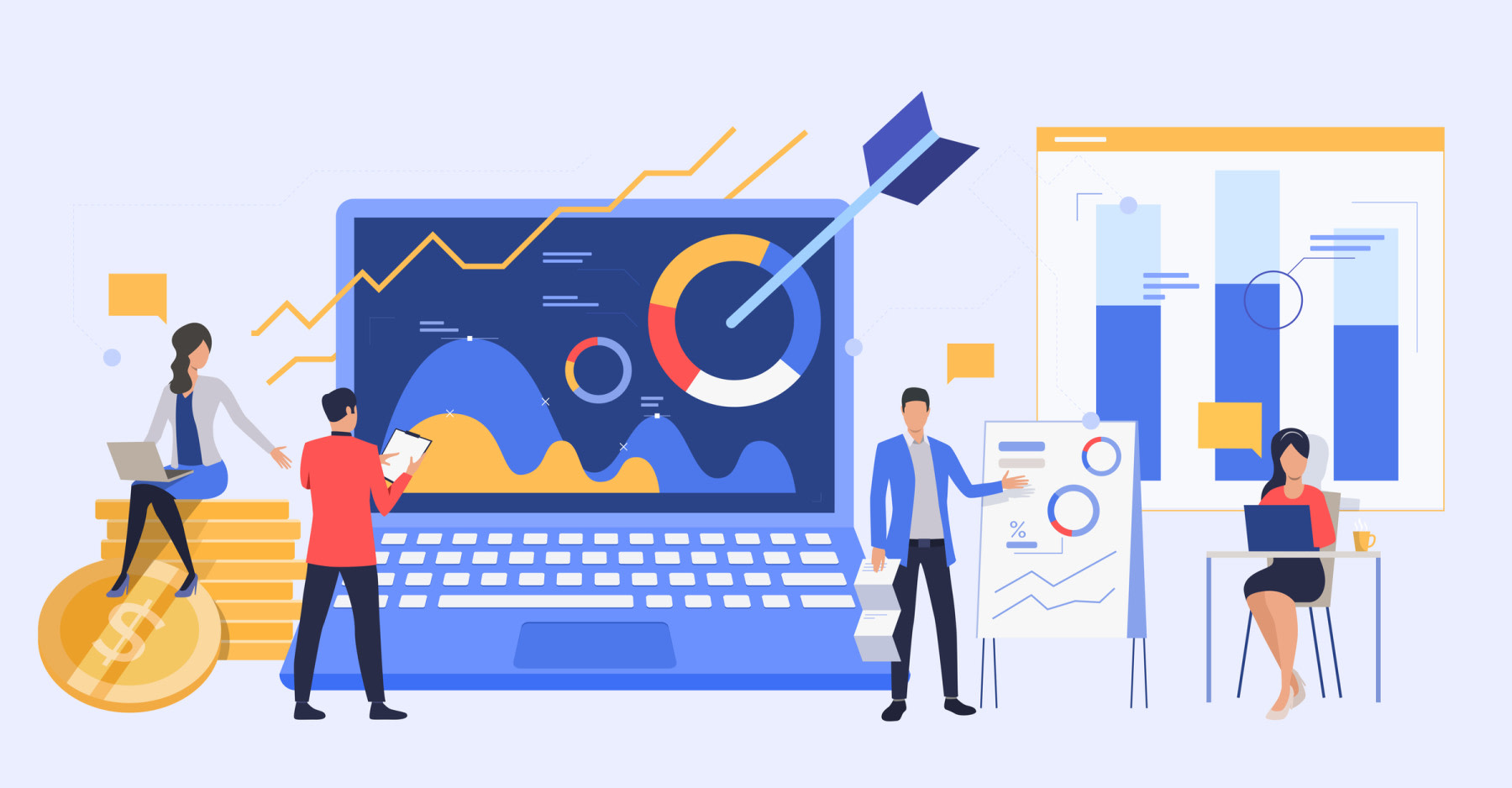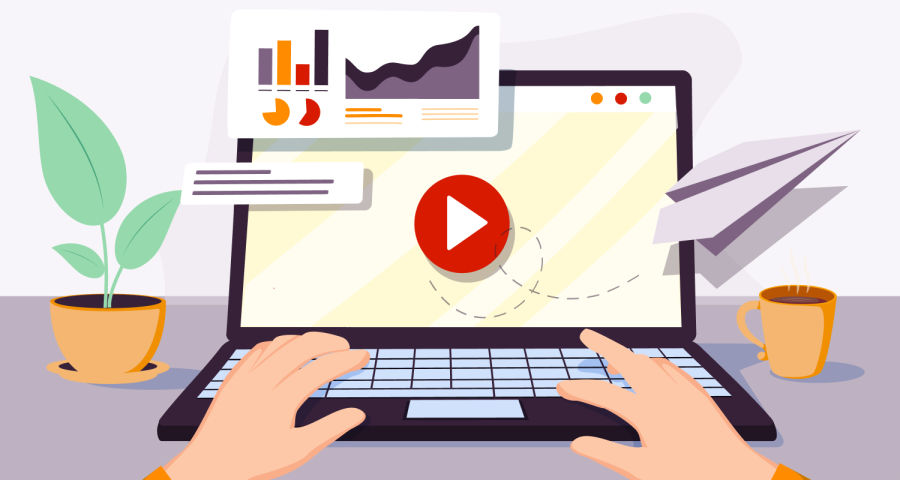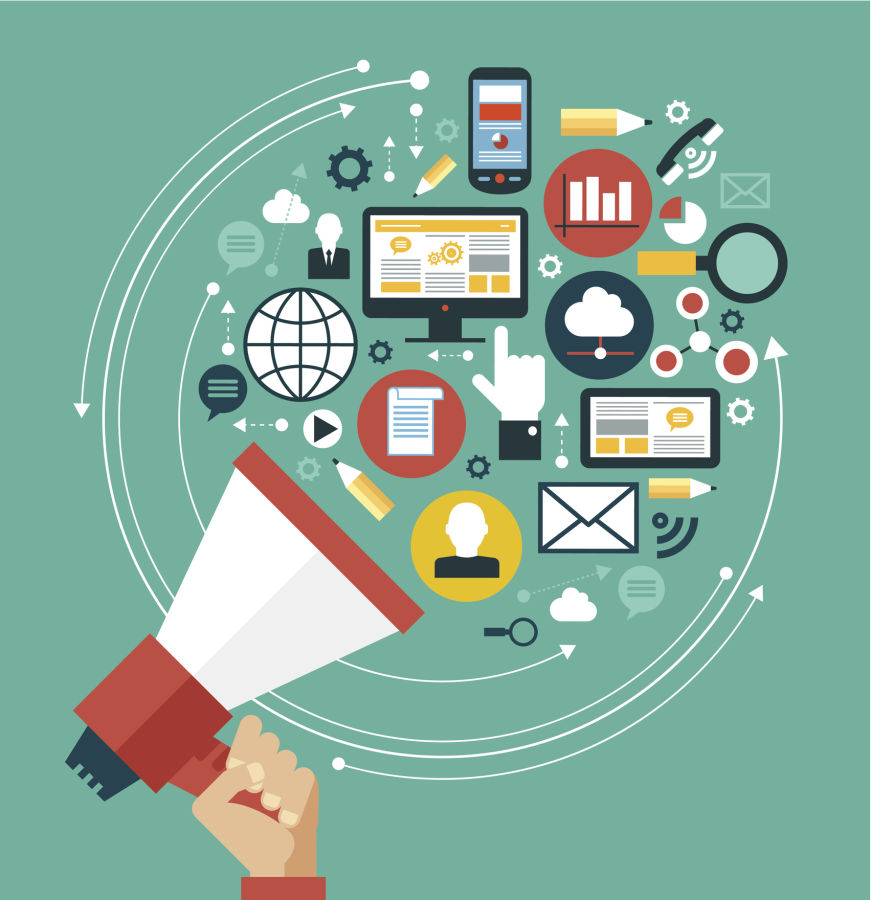//
Oct 19, 2022
The New B2B Sales: The Future Of Selling is Here
Before the pandemic I was a huge advocate for face-to-face sales as far as building a relationship and getting the most out of each account.
So, you can imagine my anxiety with selling during ! But, now that we’re several years in, I’ve learned a lot and have actually completely changed my mind, yet again, about the power of working remotely.
Digital tools are transforming the way business is done and how B2B sales strategy is crafted. In fact, digital sales tools have completely changed the way that B2B companies sell to their customers from awareness to retention and advocacy.
The traditional process of making a sale has become more efficient and effective thanks to these new technologies. In this article, we'll explore how sales enablement software can help you succeed in today's competitive marketplace, and how to incorporate them in your B2B sales strategy.
The New B2B Sales
In the past, salespeople were able to get away with being less knowledgeable and responsive. But now, buyers are more informed and demanding than ever before—and if you want to make a good impression on them, you need to be ready with an arsenal of digital tools.
Some of these tools will help you interact with your prospective customers at every step of the way: from researching their companies, to setting up meetings and demos, all the way through making sure they're satisfied with their purchases. Others will help ensure that each salesperson in your organization has access to all the information needed for success in today's B2B environment.
A changed buying process

The buyer's journey has changed. Today, buyers are more informed, empowered and able to make decisions than ever before. They're also more aware of the options open to them—and those options are constantly changing.
In fact, you'd be hard-pressed to find a buyer who hasn't been exposed to some form of content marketing at some point in their journey: from ads on Instagram or Facebook; through a lightbox ad that loaded when they were browsing other websites; via email (both cold and warm); as they scrolled down their Facebook feed; popping up at random moments in time all over the internet.
The bottom line is this: buyers have never been more empowered than they are now—and this means that salespeople must adapt accordingly if they want any chance at success in today's business environment.
How Inbound Fits into B2B Sales Strategy
Do whatever you can to convince whoever you need to, to get some inbound marketing going. Marketing automation strategies are a complete game-changer in how we create leads and build sales relationships.
Inbound marketing has been an essential tool for a while, but now that many in-person sales meetings have moved to digital platforms, innovative B2B companies are looking closely at alternative solutions…and through inbound marketing campaigns, they are finding results through unified sales and marketing processes.
Since inbound focuses on educating your clients rather than selling to them, you achieve much better results. People don’t want to be sold, they like to do research and make educated decisions on what/where they want to buy.
Inbound marketing takes your prospects all the way to the last bit of education they’re looking for in order to make their decision. This is where the salesperson steps in.
The Demand for Digital Sales Tools
The demand for digital sales tools is increasing, as more companies are realizing B2B sales strategy is not what it used to be. The old-school B2B sales cycle has changed. Customers are buying online and making purchases directly from suppliers, no matter where they live or work.
The best digital sales tools help increase efficiency by giving you access to data on your customers, competitors and market trends in real time. These tools can also help you reach more customers than ever before through social media advertising or email campaigns that target specific audiences based on their job titles or interests.
Types of Digital Sales Tools to Consider
You can view this from another angle, too. Digital sales tools are more effective than traditional sales tools. If you're selling remotely, there's a greater chance for misunderstandings and miscommunication. This can be solved by digital sales tools that provide a better understanding of the buyer's journey, allowing you to tailor your pitch accordingly.
In fact, it might even make sense to use technologies such as a exclusively. Since they don't require any physical contact or in-person meetings (which may or may not happen anyway), they're not just cheaper… but also more cost effective.
B2B sales enablement software

If you’re looking for additional ways to improve your B2B sales process and increase efficiency, you could always take a page from the latest technology trends. For instance, the rise of artificial intelligence and has led to some pretty cool software tools that can help sales reps do their jobs better.
Sales enablement software refers to any kind of tool that helps you optimize your team’s performance. It can be as simple as CRM (customer relationship management) systems or complex tools like data visualization platforms, but it all boils down to empowering your employees with the right tools so they can do their job more effectively.
These days there are plenty of options available if you want to improve your sales automation capabilities with software. Some include:
- that helps you organize your sales process (CRM systems)
- Customer data visualization platforms that show you how to improve ROI (data science)
- Automation tools that reduce manual effort and increase efficiency
Customer journey management tools
Customer journey mapping is a vital step in the sales process. It’s important to identify where your leads are in their buying process, and how you can help them down the path of closing the deal. When you know what they need at each stage, you can tailor your messaging accordingly—and ultimately increase conversion rates!
There are plenty of customer journey mapping tools out there that can help with this task. In addition to giving you an overview of your entire buyer’s day-to-day activities and needs, some software will also bring together data from different sources such as social media accounts or website analytics so that it's easy for anyone on your team to use. A few examples:
- has an app called Marketing Grader that scores companies on their overall digital marketing performance according to their goals (like increasing traffic), then gives personalized recommendations based on its findings.
- Salesforce offers insights into which customers might be ready for a new product or service based on past purchases.
- allows users access into more than 1 billion business profiles across 200 countries worldwide - providing information including job titles held by people within those companies plus email addresses.
Implementing a successful digital sales strategy
Now that you've got a better understanding of why digital sales tools are such an essential part of any B2B business, it's time to talk about how you can use them. If your company isn't already using these tools, now is the perfect time to get started! You'll be amazed at how much they will help you sell more effectively and efficiently.
Of course, there are some downsides too: if a tool doesn't fit in with your overall strategy or goals (or if it doesn't have all of the features that you need), then it won't be worth using at all. But if there's one thing we've learned from our years in this industry—and from speaking with countless other professionals—it's this: when implemented correctly and used consistently over time, digital sales tools can fundamentally improve your ability to do business, whether remote or in person.
These tools can help you connect with more prospects, build stronger relationships with your existing customers, and increase your overall sales revenue.
Discovering the right tools can make all the difference when it comes to the new B2B sales strategies
The new B2B sales strategies are all about discovering the tools that work best for your team. You can start by evaluating your current processes and figuring out where you can optimize them. Then, once you've done that, it's time to find the right tools to make it all happen.
In many ways, this is just like any other project—you need a clear vision of what success looks like before starting out on your journey. So how do you create a blueprint? Well, firstly:
- Ask yourself: What problem(s) do I want to solve with this tool? And secondly:
- How will my team benefit from using this tool in our day-to-day operations? If there aren't clear answers to these questions already floating around in your head (or written down somewhere), then it might be worth starting over again with another question: Why exactly am I doing this again?
Conclusion
These changes in the B2B sales world have been driven by technology. As we’ve seen, that’s not always a good thing—but it does mean that there are more opportunities than ever before to find the right tools for your business. We hope we’ve helped you understand how these new tools can help you make sales and close deals faster.
About Watermark:
As a in Denver, we strive to captivate your audience and elevate your brand through Smart Design and Creative Solutions. We believe marketing is a collaborative effort, achieved by practicing agility and working cohesively with your team, not for it. Using data-driven solutions, we implement the best practices necessary to help your business exceed KPIs.
Boost visibility, create engagement, increase leads and make more money with Inbound Marketing
Follow our free, easy-to-follow video series designed to show how to attract and convert more leads— and make more money with these tactics.







